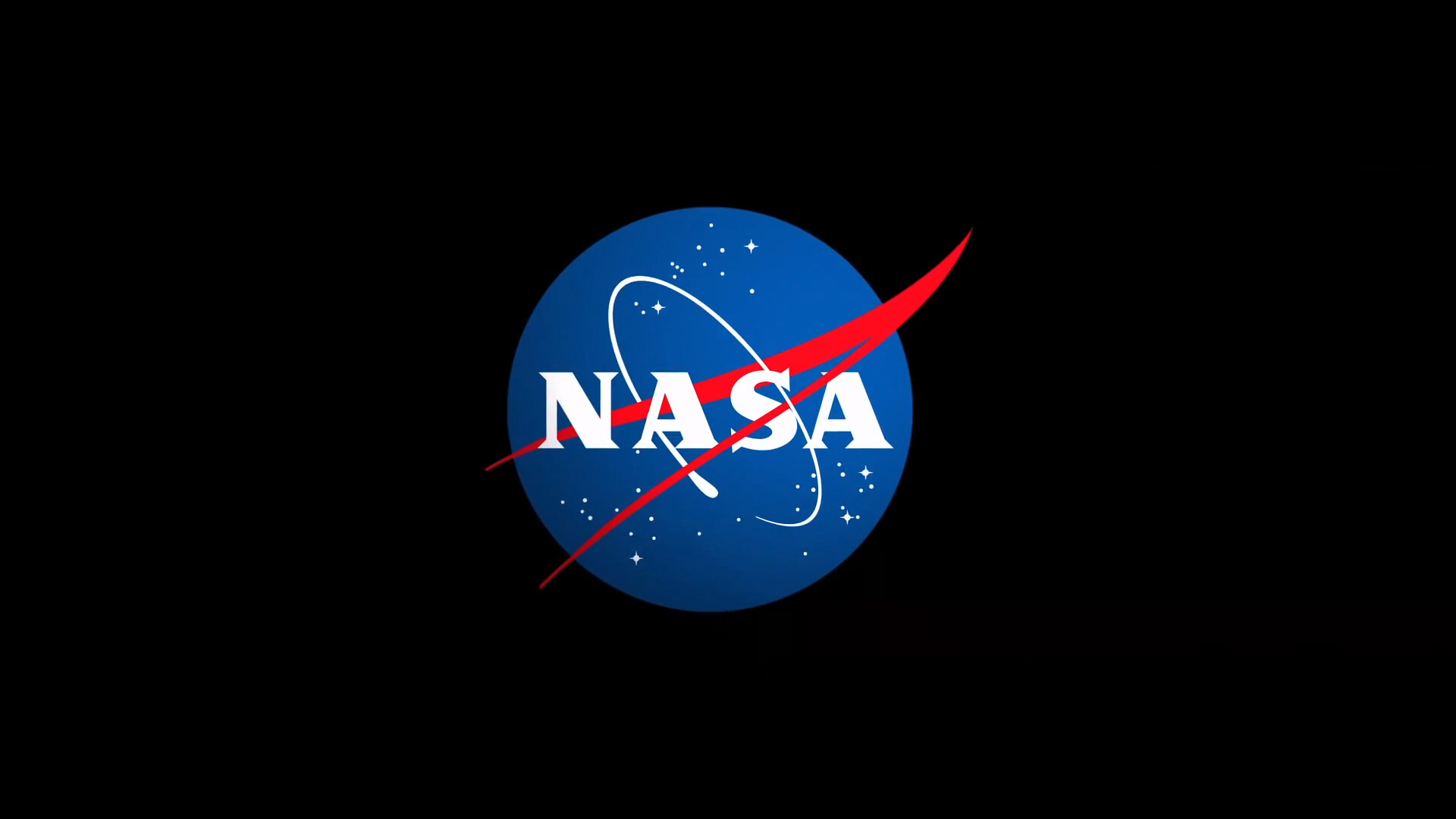NASA logo. Credit: NASA
NASA will award funding to nearly 250 small business teams to develop new technologies to address agency priorities, such as carbon neutrality and energy storage for various applications in space and on Earth. The new awards from NASA’s Small Business Innovation Research (SBIR) and Small Business Technology Transfer (STTR) program invest in a diverse portfolio of American small businesses and research institutions to support NASA’s future missions.
About 34% of the companies selected are first-time NASA SBIR/STTR recipients. Each proposal team will receive $150,000 to establish the merit and feasibility of their innovations for a total agency investment of $44.85 million.
“NASA is proud to continue its commitment to the creation and elevation of technologies that blaze trails in space and on Earth,” said Jenn Gustetic, director of early-stage innovation and partnerships for NASA’s Space Technology Mission Directorate at the agency’s headquarters in Washington.
The Phase I SBIR contract awards small businesses and lasts for six months, while the Phase I STTR contract awards small businesses in partnership with a research institution and lasts for 13 months. In total, 209 small businesses received SBIR awards, and 39 small businesses and their research institution partners – including eight Minority Serving Institutions – received STTR awards. The complete list of this year’s SBIR and STTR awardees are available online.
One of the firms working to address carbon neutrality is Exquadrum Inc., a minority-owned small business in Victorville, California. Exquadrum’s proposed technology will contribute to NASA’s effort to make the U.S. carbon neutral by 2050. The proposed technology offers higher energy conversion efficiency with no emission of pollutants. The propulsion system is compact and lightweight compared to current systems. The fuel and its products are safe to handle, and the propulsion system is reliable under extreme weather conditions. The propulsion system has the potential to aid the exploration of planets that have atmospheres like that of Mars.
“Through our partnership with, and investment in, small businesses and research institutions, NASA continues to forge a crucial path in the development of technologies that have a concerted focus on long-term commercial uses,” said Jason L. Kessler, program executive for NASA’s SBIR/STTR program. “Our ongoing support of diverse innovators from throughout the country will continue to foster an ecosystem that will nurture the intrapreneurial spirit to drive innovation and exciting results.”
The new SBIR/STTR investments will impact 41 states, including a team with Energized Composite Technologies, in Orlando, Florida, partnering with the University of Central Florida. Together, they will explore using carbon fiber-reinforced thermoplastic composite structural batteries for repurposable space applications, offering a multifunctional solution that integrates structural integrity with energy storage capabilities. The proposed structural battery panels integrate energy storage functionality into the structural components of the spacecraft, minimizing the additional space required for electrical storage while maximizing the available volume for payload. The structural battery panels used for the space vehicle could be repurposed after landing because the thermoplastic-based structural panels can be reshaped for other uses.
NASA selected Phase I proposals to receive funding by judging their technical merit and responsiveness to known challenges. Based on their progress during Phase I, companies may submit proposals for up to $850,000 in Phase II funding to develop a prototype and subsequent SBIR/STTR Post Phase II opportunities.

